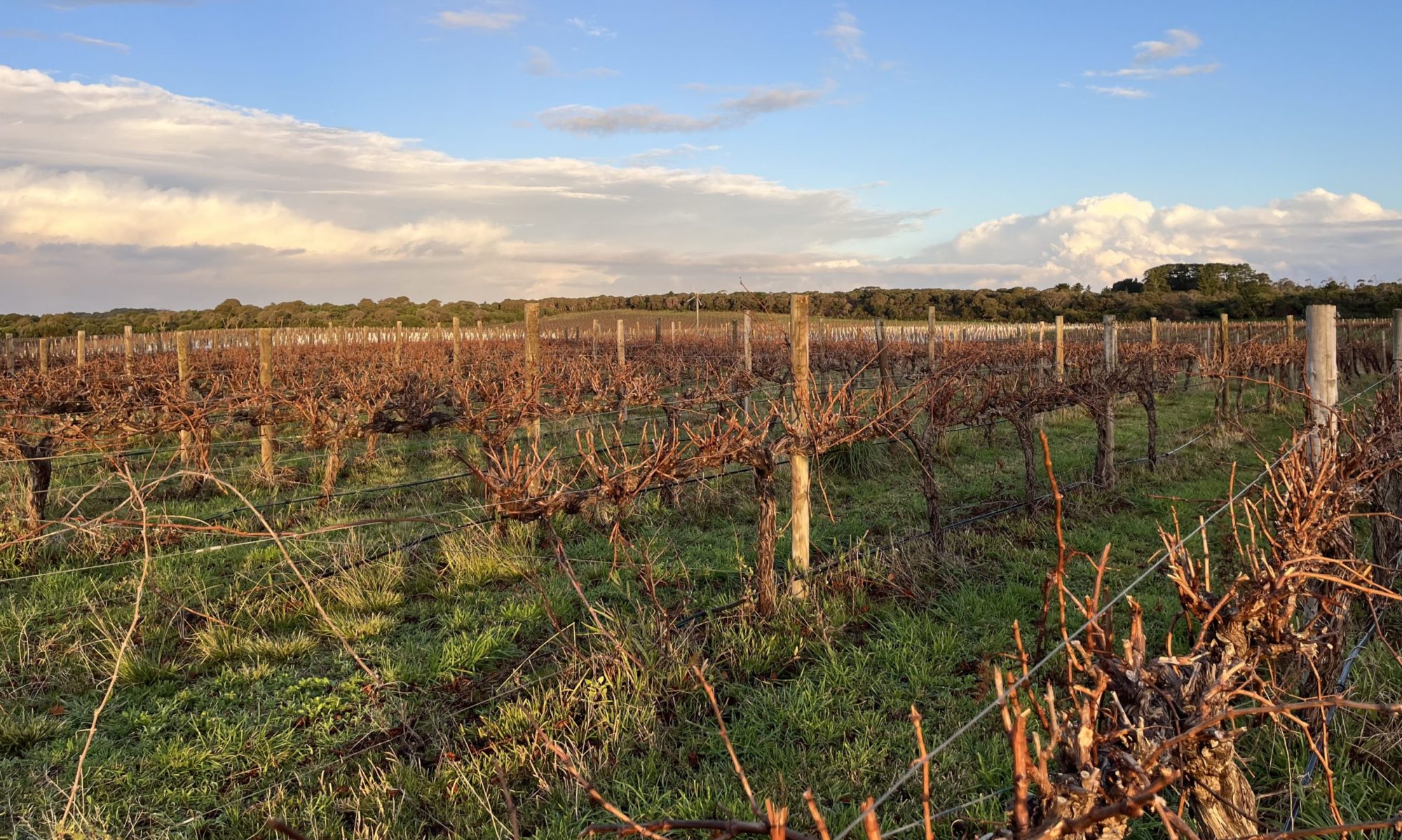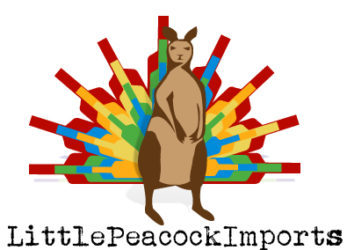One of the best sources of information on the history of the Grampians is narrated by Viv Thomson of Best’s. It is a region that pairs some of the world’s oldest extant vines on own roots with lesser expected varietals (including Dolcetto and Pinot Meunier). Not only that, it is a fascinating region in terms of both Australian wine and Australian history.
It’s a couple of hours’ drive north-west from Melbourne, situated about one hundred miles from the Great Southern Ocean. At the foothills of the Great Dividing Range, the region benefits from altitude and abundant sunshine days but suffers low rainfall. The nearby town of Ararat was a mecca of gold prospecting in the 1850s, attracting many Chinese migrants. It is also claimed that Australia’s own Aussie Rules Football League (AFL) game originated in the heart of the Grampians region, a town called Moyston. It was here in the late 1800s that Aboriginal children were observed playing a “foot ball” game with a ball made of possum skin.
But back to wine. Local vine plantings date back to 1862, and it was the first Australian region to produce sparkling wine. An investor and politician by the name of Hans Irvine was central to the region’s initial growth: upon Joseph Best’s death in 1888, he purchased the property and continued to buy grapes from most of the local vignerons in subsequent years in order to make brandy, which helped sustain the local grape industry. After contracting Frenchman Charles Pierlot (Pommery), Great Western as the region was then known, became the home of sparkling wine production in Australia, being made from the grape Ondenc, also referred to as “Irvine’s White”. Irvine later sold the property to the Seppelt winery upon his retirement, which remains in operation today.

